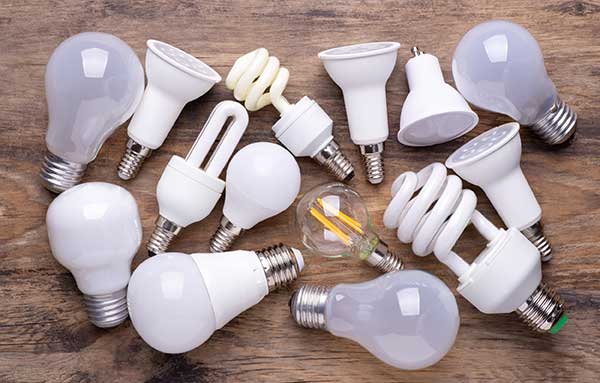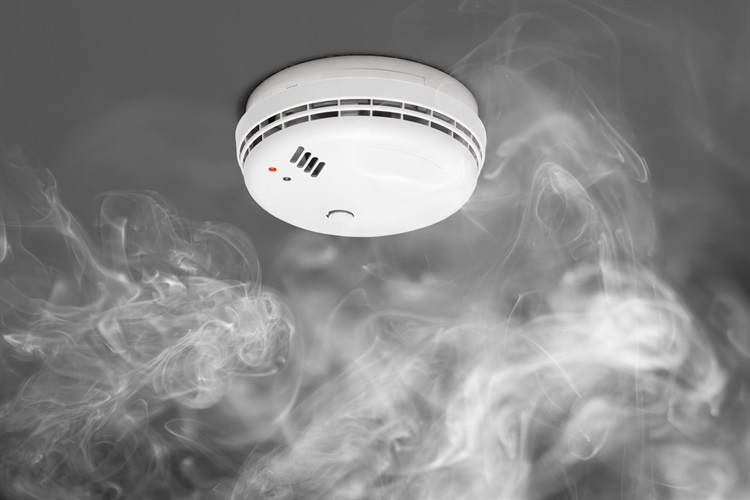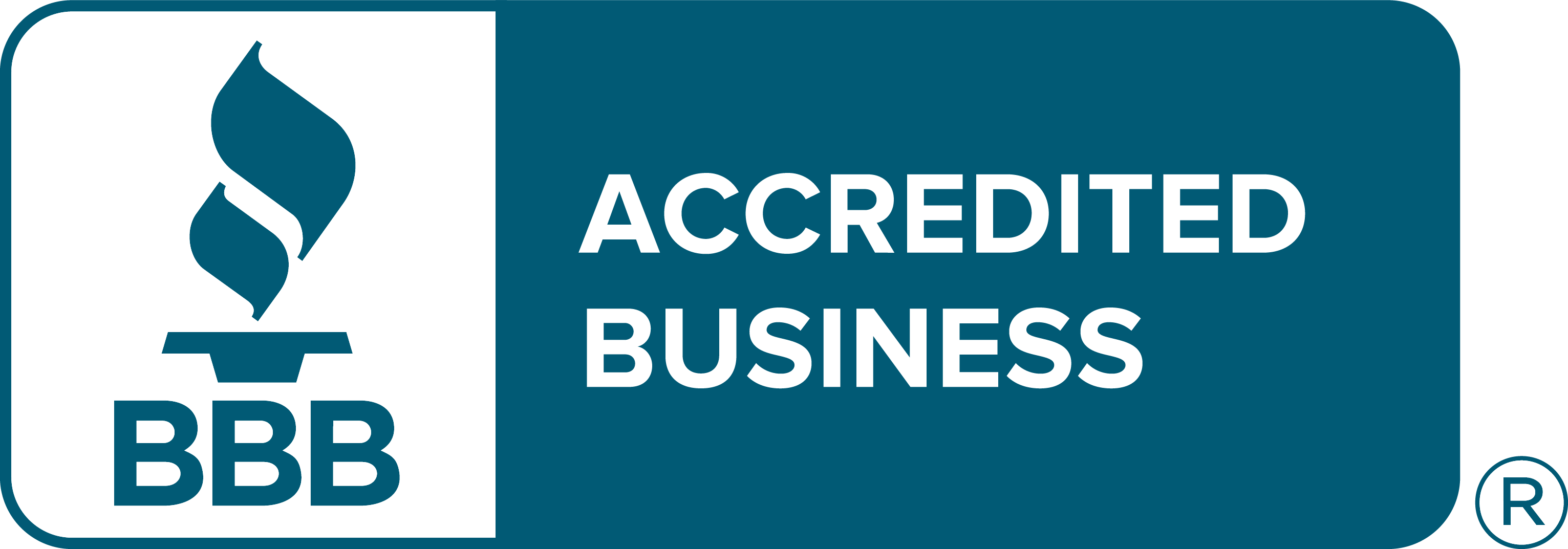While there are many different types of light bulbs, there are only 3 that residential homeowners should be aware of; Incandescent( Hot bulbs), Fluorescent (CFL), and LED.
First thing you wanna know is why? Why should you or shouldn’t you have a specific light bulb in your home.Well, that’s just what we’re here for! Cost, heat output and light output. LED light bulbs are typically the most expensive to purchase, but the cheapest to power up and it gives you the best light output. But depending on your home and the amount of light exposure you are looking for, CFL may be the bulb for you. Some bulbs need more time to heat up than others (CFL), causing a warmer color and lower light output until fully heated. With having certain light bulbs, comes certain responsibilities.
Light bulbs should not be discarded like other waste products.
- Incandescent light bulbs can be thrown away in your house trash!
- CFL light bulbs, however, can leak out toxins harmful to humans, animals, and the planet so there are retailers who accept undamaged bulbs allowing proper disposal.
- LED lights should be recycled, if discard improperly it could cause them to end up in the landfill
- Fluorescent tubes contain mercury and should be considered hazardous waste
So what are the 3 main types of light bulbs? What do they do?
Incandescent Light Bulbs (Hot bulbs)
- The term incandescence means a bright light emitted from a substance when it’s very hot. They produce light by passing an electrical current through the metal filament to produce the heat, concluding to the light being projected.
- The filament is heated to over 2,200 degrees centigrade to release a wavelength only humans can see.
- They are inefficient and waste a great amount of energy generating heat instead of light.
- THESE BULBS ARE VERY HOT TO THE TOUCH ONCE TURNED ON FOR A SHORT TIME!
Fluorescent Light Bulbs (CFL)
- Passes an electric current through a semi-conducting material, currently the most energy efficient type of bulb
- Most fluorescent lamps, a mixture of argon and mercury gas contained in a glass bulb, are stimulated by an electric current, producing ultraviolet rays
- Although it has the same wattage as LED lights, they are much dimmer
LED Light Bulbs
- They are extremely more efficient than incandescent lights
- Nowadays, there are in almost every home
- LED lights have a much longer lifespan in terms of efficiency
The 2 most used lights are incandescent and LED, let’s compare;
Standard incandescent bulbs release almost 90 percent of energy as heat, wasting energy by generating heat instead of light. So, they are now replaced by more efficient and bright LED lights, which consume 25 to 80 percent less power and are more energy-efficient than incandescent bulbs. On top of it, the life expectancy of LEDs is anywhere between 30,000 and 50,000 hours, compared to incandescent bulbs which last only 1,000 to 2,000 hours.
Sources:
Lpwpadmin. “The Most Common Light Bulb Questions: A Light Bulb Faq Guide.” Ideas & Advice | Lamps Plus, Lamps Plus, 20 Nov. 2019, www.lampsplus.com/ideas-and-advice/the-most-common-light-bulb-questions-a-light-bulb-faq-guide-from-lamps-plus/#:~:text=The%20most%20common%20types%20of%20light%20bulbs%20are,bulbs%20are%20recommended%20for%20certain%20types%20of%20fixtures.
Khillar, Sagar. “Difference between Led and Incandescent.” Difference Between Similar Terms and Objects, 2 Apr. 2019, www.differencebetween.net/technology/difference-between-led-and-incandescent/#:~:text=Difference%20between%20LED%20and%20Incandescent%201%20Basic%20of,4%20Life%20Span%20of%20LED%20vs.%20Incandescent.%20.
Skills II NV, LLC “David B Hannah Jr”
Written By: AO



